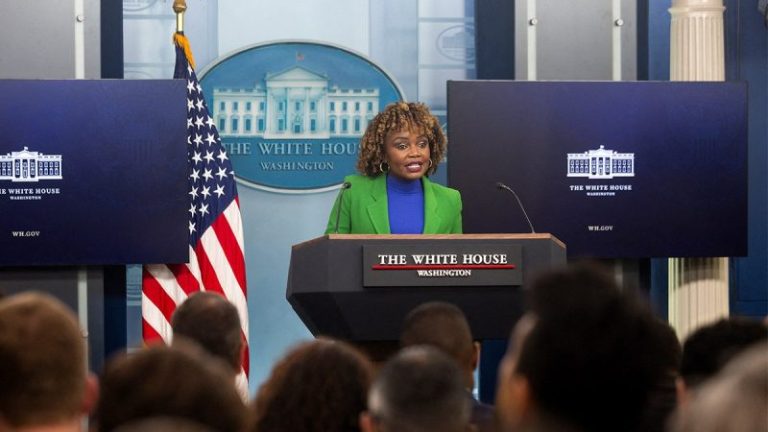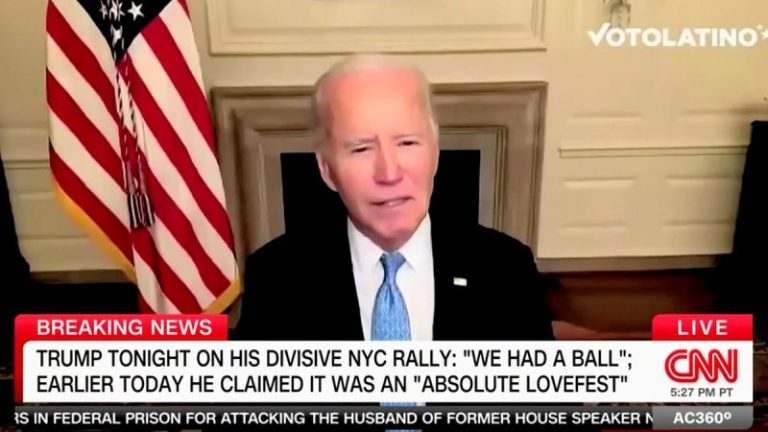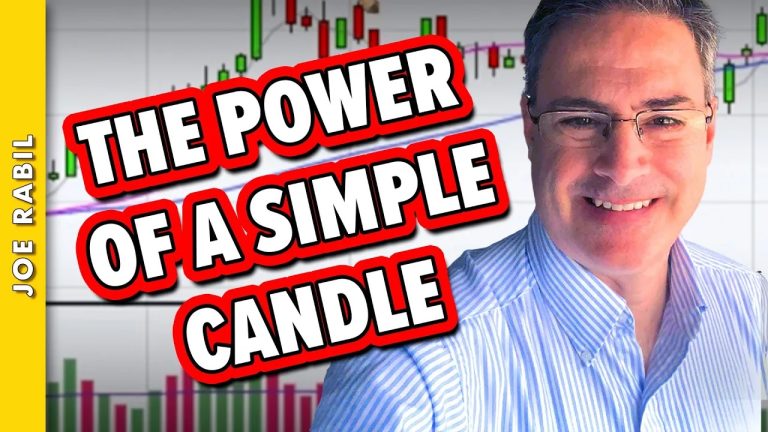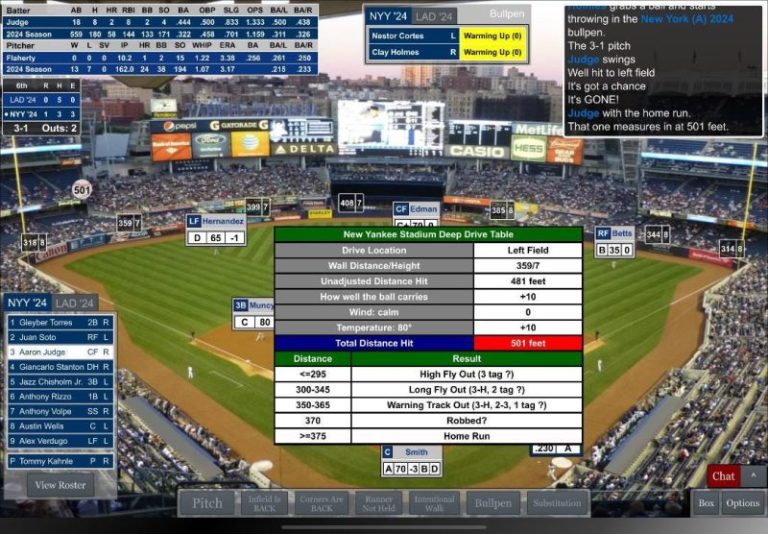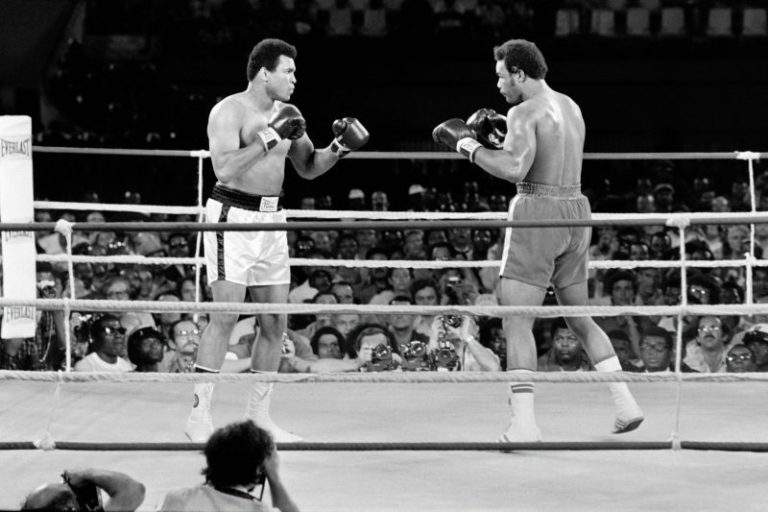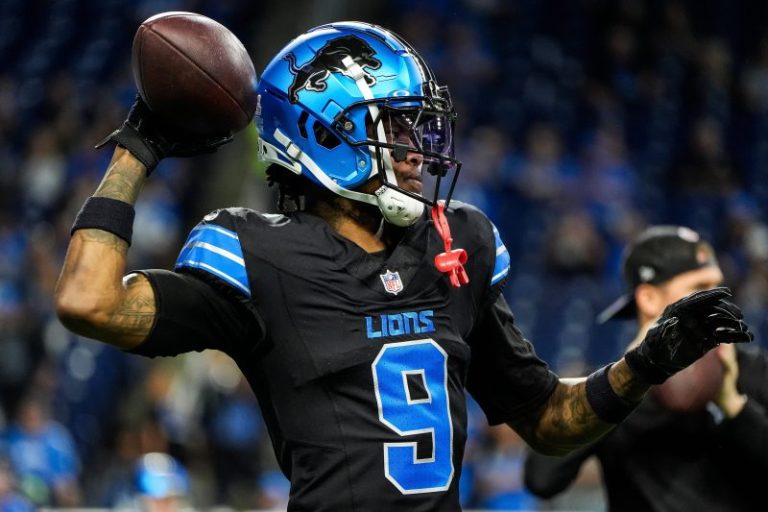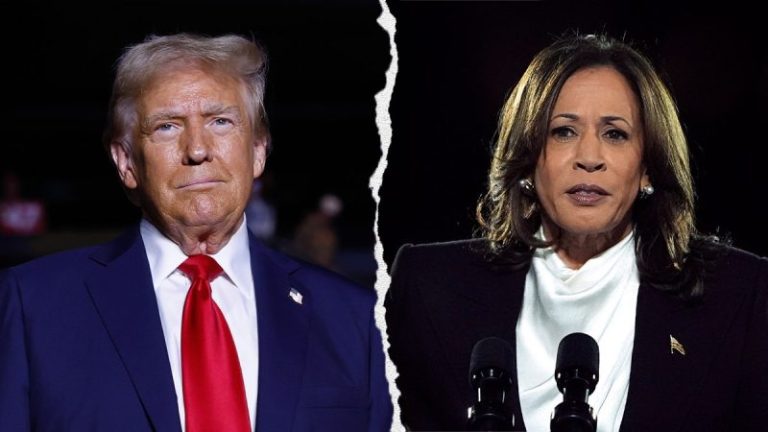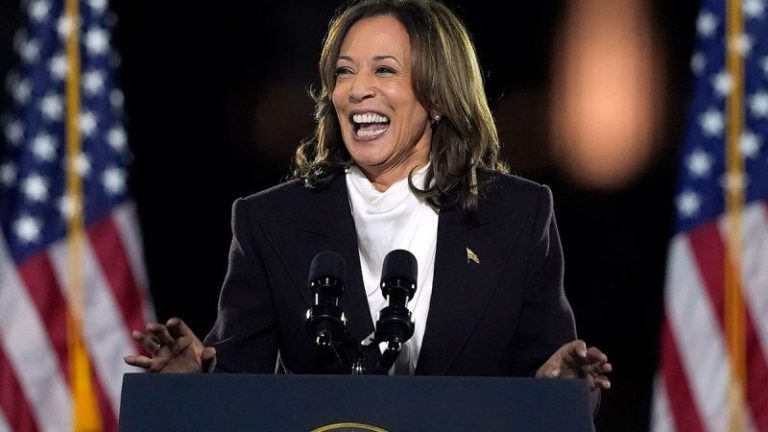I’ve lost track of how many times people have asked if I will be glad when the election is over.
Truth be told, just after the election is when the hard stuff begins.
Election Day is Tuesday, but in reality, that’s just the beginning of the process. It may take days to sort out who voters have chosen as president. Control of the House is razor tight. It may boil down to a handful of races decided by a grand total of several thousand votes. So don’t for a moment think we automatically know which party will be in the majority as election officials sort all of that out. There’s a scenario where a thin margin of contested seats in the House could spring several weeks of challenges.
Moreover, Article I, Section 5 of the Constitution dictates that the House and Senate ‘shall be the Judge of the elections, Returns and Qualifications of its own Members.’ And it’s the new House in the new Congress next year that will decide whether to seat people if there’s a dispute.
Of course, that’s provided the House can elect a speaker when the new Congress is constitutionally mandated to begin on Jan. 3. Don’t forget that House Republicans incinerated a total of 27 days on two separate occasions to elect former House Speaker Kevin McCarthy, R-Calif., and current Speaker Mike Johnson, R-La.
We’ll come back to that in a moment.
In the meantime, let’s run through some of the hazards that could unfold after the final ballot is cast.
Let’s start with when we might learn which party controls either the House or Senate.
Election Day fell on Nov. 8 for the 2022 midterms, but it wasn’t clear that Democrats held their Senate majority until late on the evening of Nov. 12, when Sen. Catherine Cortez Masto, D-Nev., retained her seat.
Determining House control took even longer in 2022. Remember that McCarthy touted the possibility that Republicans might marshal as many as 50 seats. Republicans won the House by a thread, but the GOP majority was not clear until Nov. 16.
In 2020, most news organizations projected on election night that Democrats would hold the House, but it wasn’t until December that a picture emerged showing how close Democrats came to losing their majority. It took weeks to sort out multiple House contests, decided by very few votes.
Control of the Senate from the 2020 midterms wasn’t even established until 2021. It took until January and a pair of runoffs in Georgia for it to be clear that Democrats tied the Senate and thus seized the majority thanks to Vice President Kamala Harris in her capacity as president of the Senate.
These protracted election determinations are not a byproduct of recent polarization and controversy.
Democrats captured the Senate in the 2006 midterms, but it wasn’t clear until two days after the election, once Democratic challenger Jim Webb defeated incumbent Republican Sen. George Allen in Virginia.
It’s likely we’ll have clarity on the Senate sooner rather than later this year. If Republicans enjoy a big night, who won the Senate could be known on election night. That’s especially if the GOP is en route to a 53- or 54-seat majority. But if competitive Senate contests in Ohio, Pennsylvania, Wisconsin, Montana, Michigan, Nevada, Texas and elsewhere are all tight, it may take a few days to determine which party has the majority.
Regardless, the biggest order of business facing the Senate is who emerges as the new Republican leader.
Senate Minority Leader Mitch McConnell, R-Ky., is stepping down from his leadership post in early January but remaining in the Senate. Senate Minority Whip John Thune, R-S.D., former Senate Majority Whip John Cornyn, R-Texas, and Sen. Rick Scott, R-Fla., are vying to succeed McConnell as the body’s top Republican. But there’s chatter that Sen. Steve Daines, R-Mont., or other candidates could emerge.
The selection of Senate Republican leader could hinge on whether Harris or former President Trump wins – or, if the GOP claims the Senate or fails to capture the majority. A secret vote for GOP leader is slated for Nov. 13, and if it’s clear that Trump is headed to the White House, his influence could sway who Republican senators select as their next leader.
Then there’s the House.
Republicans hold a narrow, single-digit advantage in the House right now. There are more than 30 seats in battleground districts that could swing the control in one direction or the other.
But when will we know?
The House Republican Conference convenes its leadership election on Nov. 13, and the House Democratic Caucus also meets around that time. Regardless of if they are in the majority or minority, House Minority Leader Hakeem Jeffries, D-N.Y., will lead his party in the new Congress. Jeffries is poised to ascend to the speakership next year if Democrats flip the House.
But for the GOP, things could get messy.
Which party controls the House might not be settled by the time House Republicans hold their leadership election. Republican Conference rules allow certain GOP candidates whose races have not been called to come to Washington in November and December for the freshmen orientation and vote in those leadership elections. In other words, people who might not ultimately become House members could decide who the GOP picks for leadership posts and formally nominates as the Republican candidate for speaker on the floor Jan. 3.
One senior House Republican source told Fox there could be a push to delay those leadership elections if control of the House isn’t settled. This could be an issue if there’s a contingent of GOP candidates in uncalled races who could wield too much influence in the private balloting.
So here’s the issue facing Johnson: If Republicans hold the House, and especially if they pick up a sizable chunk of seats, the Louisiana Republican probably returns to the speakership. A ‘President-elect Trump’ would certainly bolster that scenario. But if it’s a tiny majority, Johnson could win the nomination for speaker in the GOP conference but struggle to prevail on the floor early next year.
Here’s why: There’s a group of three to perhaps as many as 10 current House Republicans who have a problem with Johnson. Johnson only needs a simple majority of the House Republican Conference to get the nomination for speaker and stand before the entire House in January.
It’s about the math.
Let’s say Republicans have a small majority: 223 seats. In the November conference vote, Johnson only needs 112 votes to become the nominee for speaker. But when the entire House convenes on Jan. 3, Johnson – or any other nominee – will need an outright majority of all members casting ballots for a candidate by name. So if the House is at 435 and all members vote for someone by name, the magic number is 218.
You see the problem.
This is the same issue that vexed McCarthy and the other GOP nominees who failed to become speaker last October.
Ironically, it’s easier for Johnson to become minority leader if Republicans lost their majority. That’s because the minority leader just needs the majority of his or her conference or caucus. So let’s say the GOP is relegated to the minority with 217 seats. Johnson just needs 109 votes to win the conference.
If there’s a problem electing a speaker on the floor in January, one should pray it’s wrapped up fast. That’s because Congress must start certifying the Electoral College on Jan. 6. After starting its vote for speaker on Jan. 3, 2023, the House didn’t elect McCarthy until the wee hours of Jan. 7. Any delay in electing a speaker would foment major issues for certifying the electoral vote – especially if the presidential race is contested.
The House of Representatives cannot do anything, including swearing in members, until it elects a speaker. Period. A fight over the speakership could paralyze the House and risk delaying the electoral vote count. This is a nightmare scenario that has the potential to eclipse the chaos of the Electoral College certification in 2021.
And if things weren’t fraught enough, here’s another wild card: the government runs out of money on Dec. 20.
Johnson meandered through a host of interim spending bills from last fall until spring, flirting with multiple government shutdowns. The speaker ran the exact same playbook that partially cost McCarthy the speakership. Johnson enraged scores of conservatives by green-lighting a bill to fund Ukraine and advancing an omnibus spending bill in the spring.
Lots of conservatives have grievances with Johnson, but Johnson could face trouble if he attempts to move any bill to avert a December shutdown that lacks the blessing of key conservatives. Granted, the sign-off on any spending plan by a ‘President-elect Trump’ could shield Johnson, and if Trump is elected, he likely makes the call on what he wants Johnson to do. The former president’s heat shield likely blunts any rebuke of Johnson.
That said, a misstep by Johnson on the spending bill could potentially cost him the speakership if the GOP holds the majority. And if Republicans win the House, Senate and White House, don’t expect any help from Democrats. While in the minority, House Democrats have carried gallons of water for Republicans. They’ve lugged numerous must-pass bills to avoid government shutdowns across the finish line for nearly two years. If the GOP attains unified government this fall, Democrats could push back from the table in the lame-duck session and tell House Republicans to figure it out themselves.
Heretofore, House Republicans have not shown they can advance a spending bill on their own that would become law. That’s why there’s a risk of the new Congress beginning with a government shutdown in January.
That’s exactly what happened in late 2018, drifting into early 2019. The government was shuttered as a new Congress began that January.
So here is the utter worst-case scenario: a government shutdown, coupled with a complex speaker’s election, thus sparking a delay in certification of the Electoral College in the shadow of a disputed presidential election.
I’ll let you read that all again to digest it.
So the campaigning and voting concludes next week, but the hardest stuff is about to begin.

